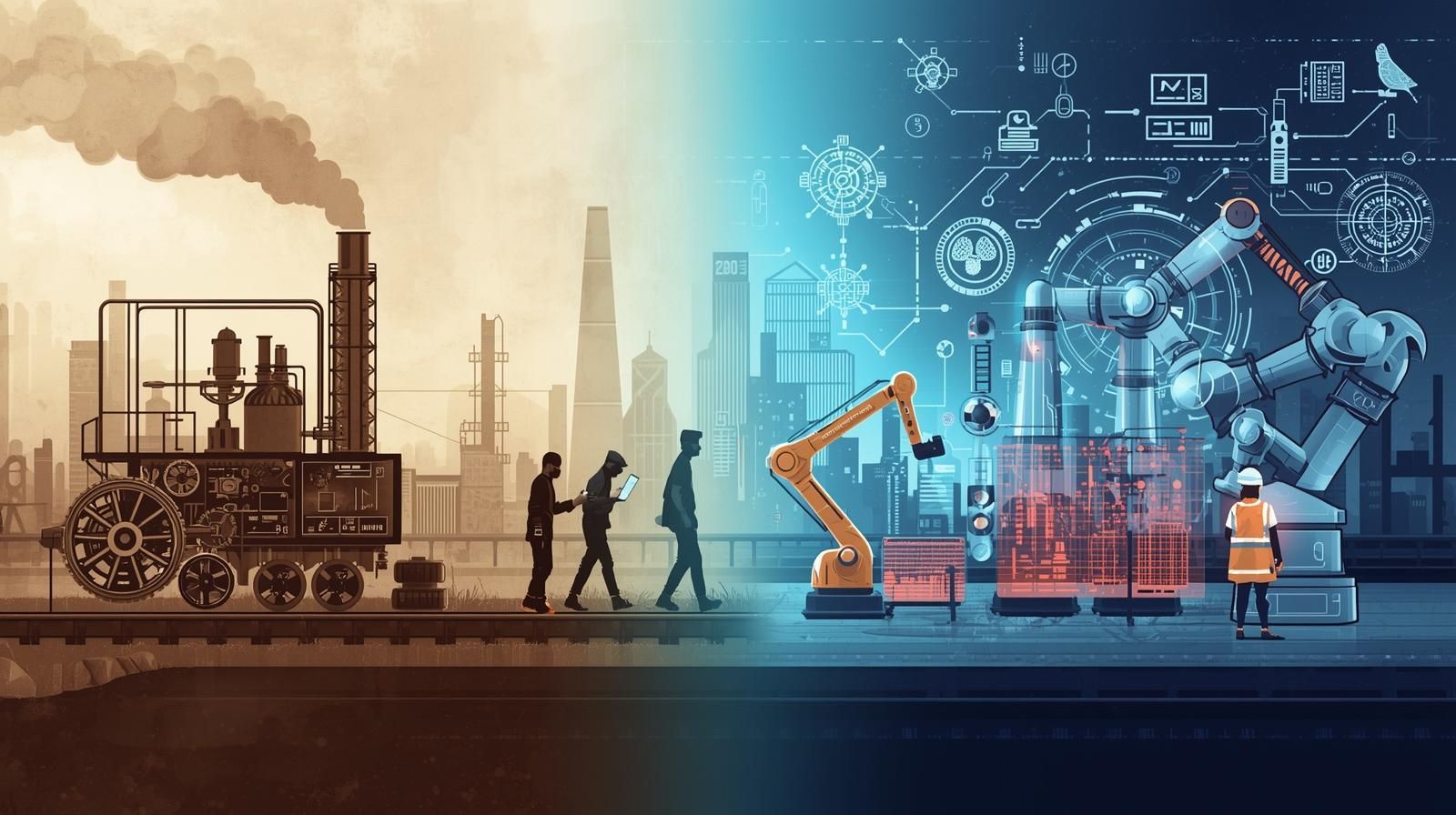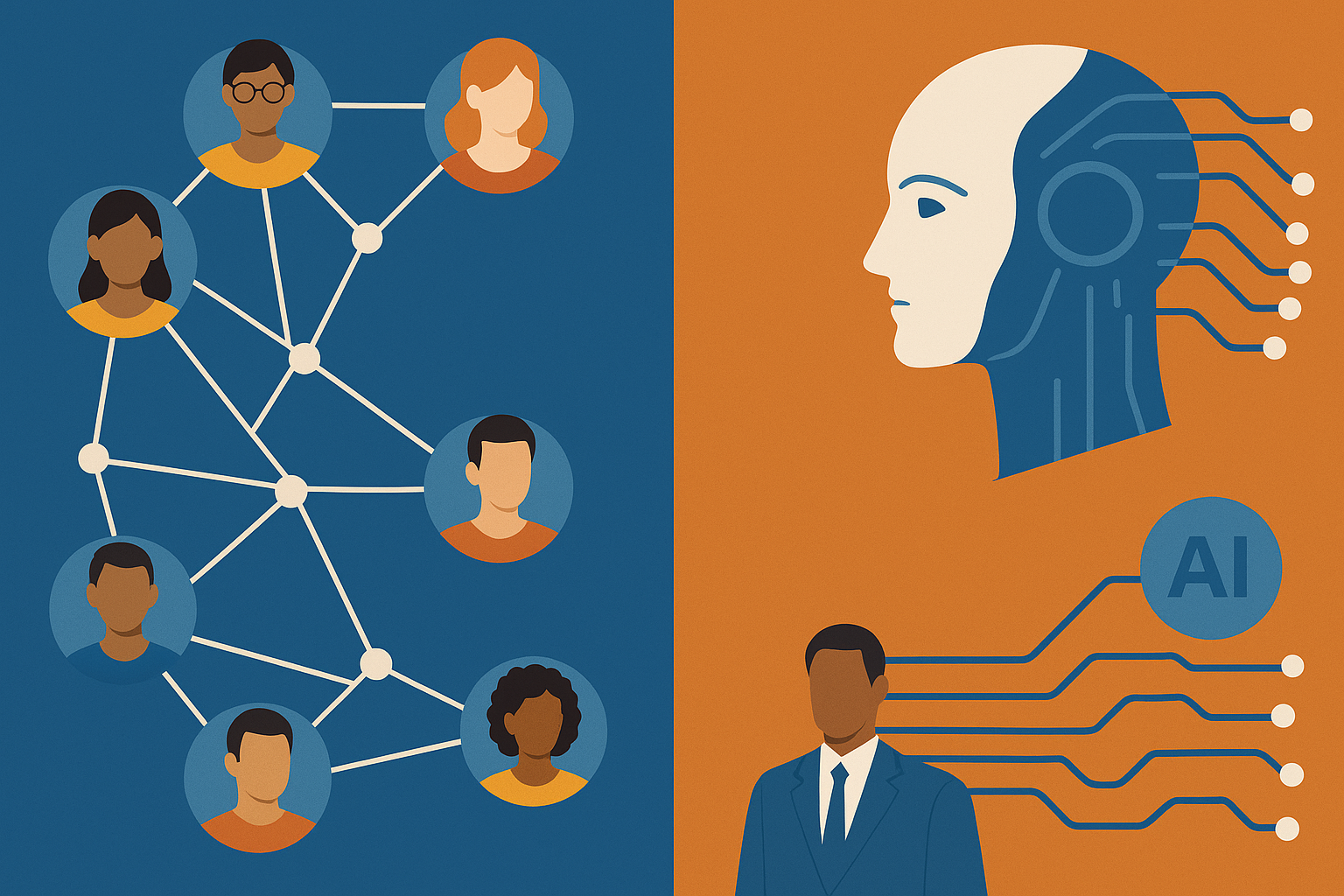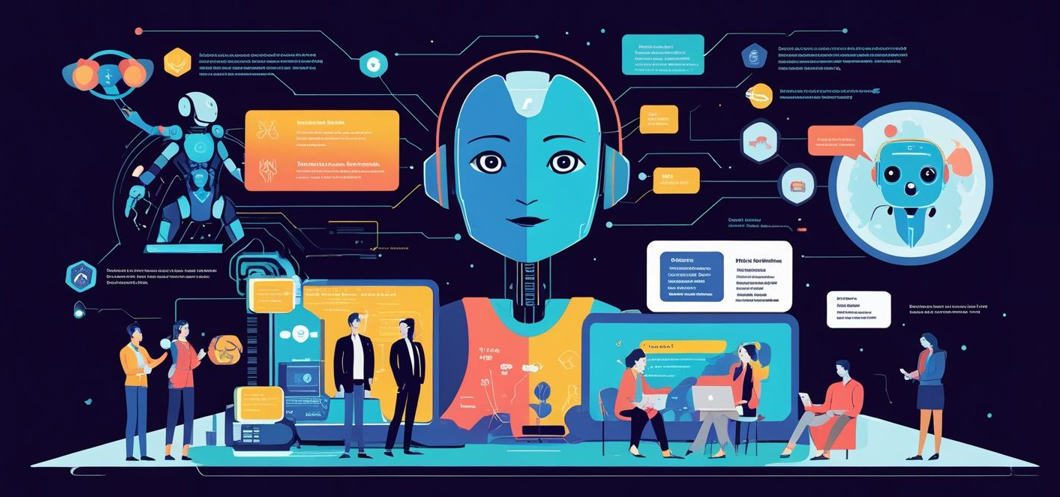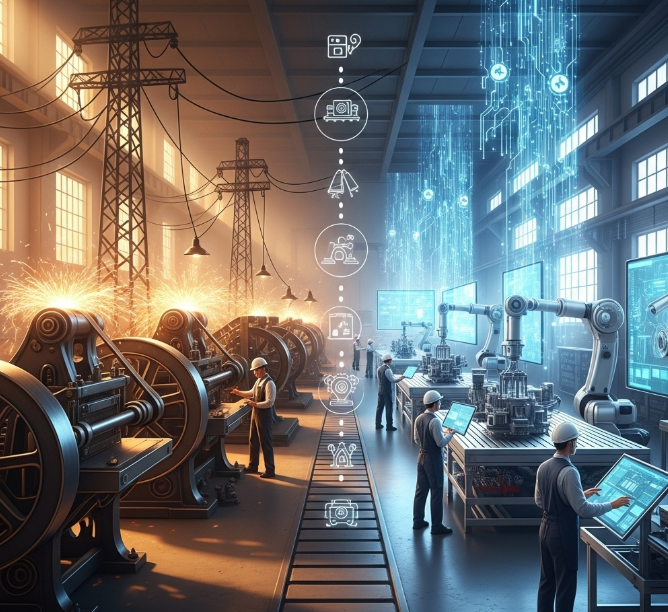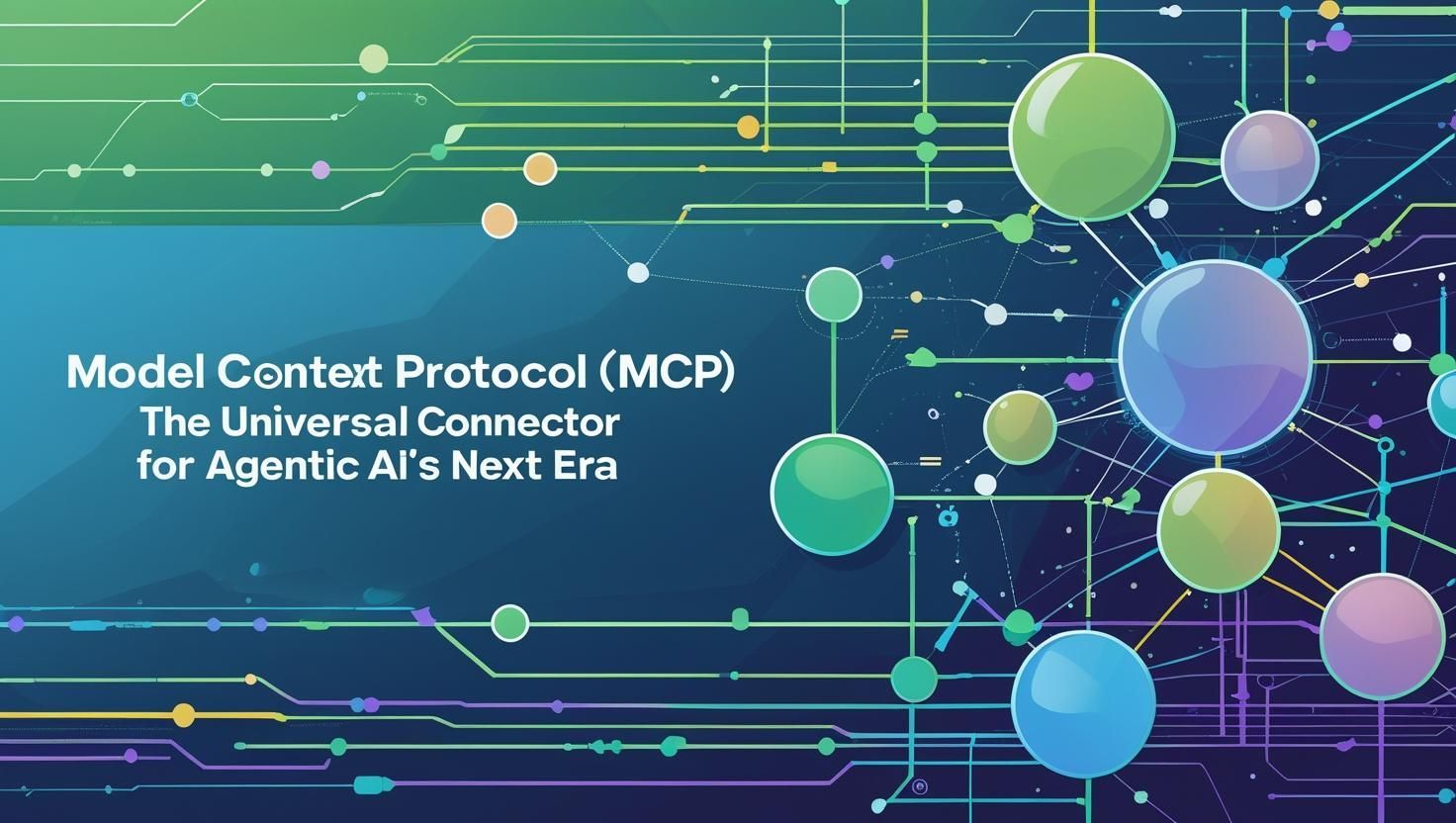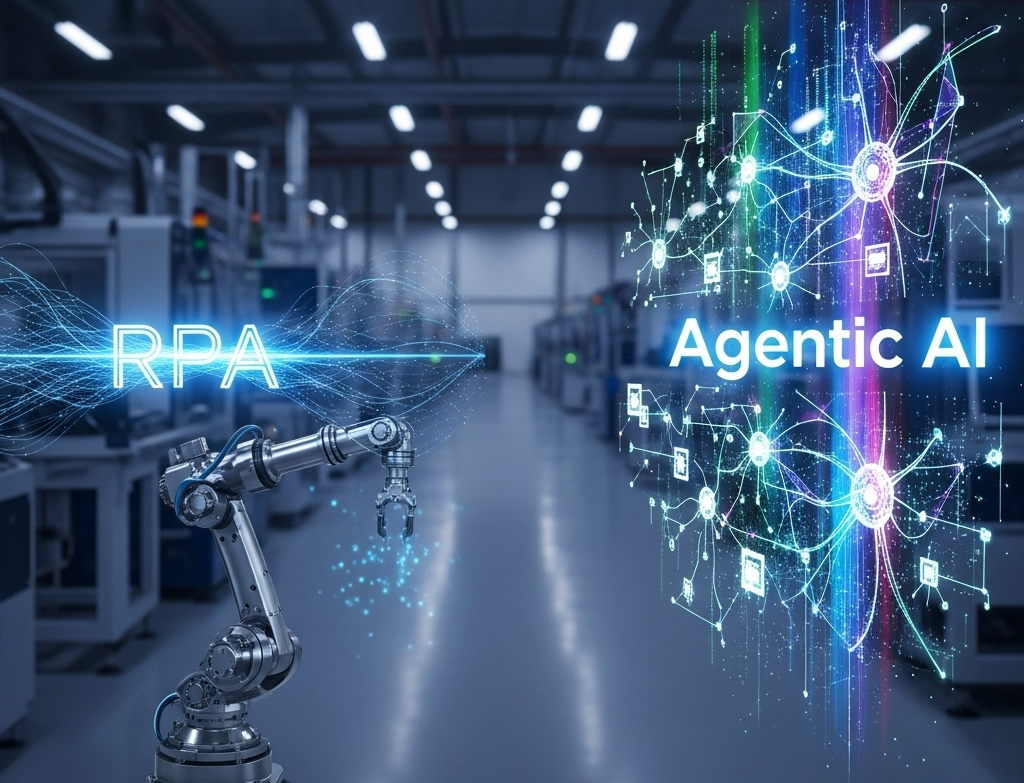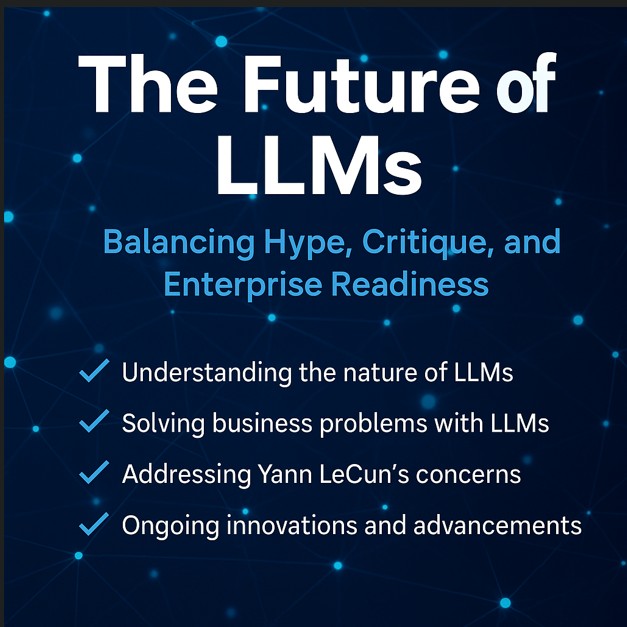The Great Convergence: Why Platform Ecosystems Are Replacing Value Chains
In the modern economy, platform ecosystems are not just disrupting industries - they are redefining them. From manufacturing to financial services, and from healthcare to retail, the once-distinct boundaries between suppliers, partners, and customers are dissolving. The cause? The confluence of platform thinking big data, AI, and emerging digital technologies that enable rapid cross-industry innovation and integration.
At DX Advisory Solutions, we believe businesses that proactively design and orchestrate platform-centric ecosystems will become the category leaders of tomorrow.
From Pipelines to Platforms: Why Ecosystems Are the New Competitive Frontier
Traditional businesses operated in linear value chains, with clear divisions among producers, distributors, and customers. Today, companies like Amazon, Apple, and Alibaba operate across multiple industries simultaneously, blurring the lines between competitors and collaborators.
This is the core message of Juan Pablo Vazquez Sampere’s work on platform-based disruption, which highlights that while product disruptions replace incumbents within an industry, platform disruptions reverberate across industry boundaries, changing the very rules of engagement.
🧠 “Platform disruptions... not only change industries but also bring a deep societal change. They change how we live, how we make money, and how we interact with each other.” —Juan Pablo Vazquez Sampere, HBR, 2016
The Strategic Imperative: Partnering Within the Right Ecosystem Framework
To harness the power of platforms, governance and partner alignment are critical. Ecosystems that thrive are those that:
- Establish clear roles and responsibilities (owner, producer, provider, consumer)
- Balance openness with trust via structured data-sharing and value-exchange agreements
- Encourage co-opetition, where even rivals collaborate on core layers and compete in verticals (e.g., open-source AI platforms like TensorFlow)
📌 Example: TradeLens, the blockchain shipping ecosystem backed by IBM and Maersk, allowed traditionally siloed logistics players to share and monetize supply chain data securely - until market misalignment led to its shutdown, proving that governance, not technology, is often the deciding factor.
The Technology Catalyst: How AI and Big Data Accelerate Ecosystem Play AI as the Great Cross-Pollinator
AI is catalyzing convergence by enabling -
- Predictive intelligence across nodes (e.g., GM’s AI for predictive maintenance)
- Smart contracts and trustless transactions via blockchain AI agents
- Seamless orchestration of services via generative and agentic AI
According to the 2025 Stanford AI Index, 90% of frontier models now come from industry -not academia - illustrating the rapid adoption and scaling of AI within platforms Stanford HAI, 2025.
Big Data: The Currency of Platform Ecosystems
Data is no longer a byproduct - it’s the product. IoT ecosystems, for example, allow equipment manufacturers to shift from selling products to selling performance, enabling as-a-service models across B2B industries.
📊 Statistic: The AI market is forecast to grow from $391 billion in 2023 to $1.81 trillion by 2030, reflecting compound ecosystem-wide demand Fortune Business Insights, 2024.
Infographic: Anatomy of a Platform Ecosystem
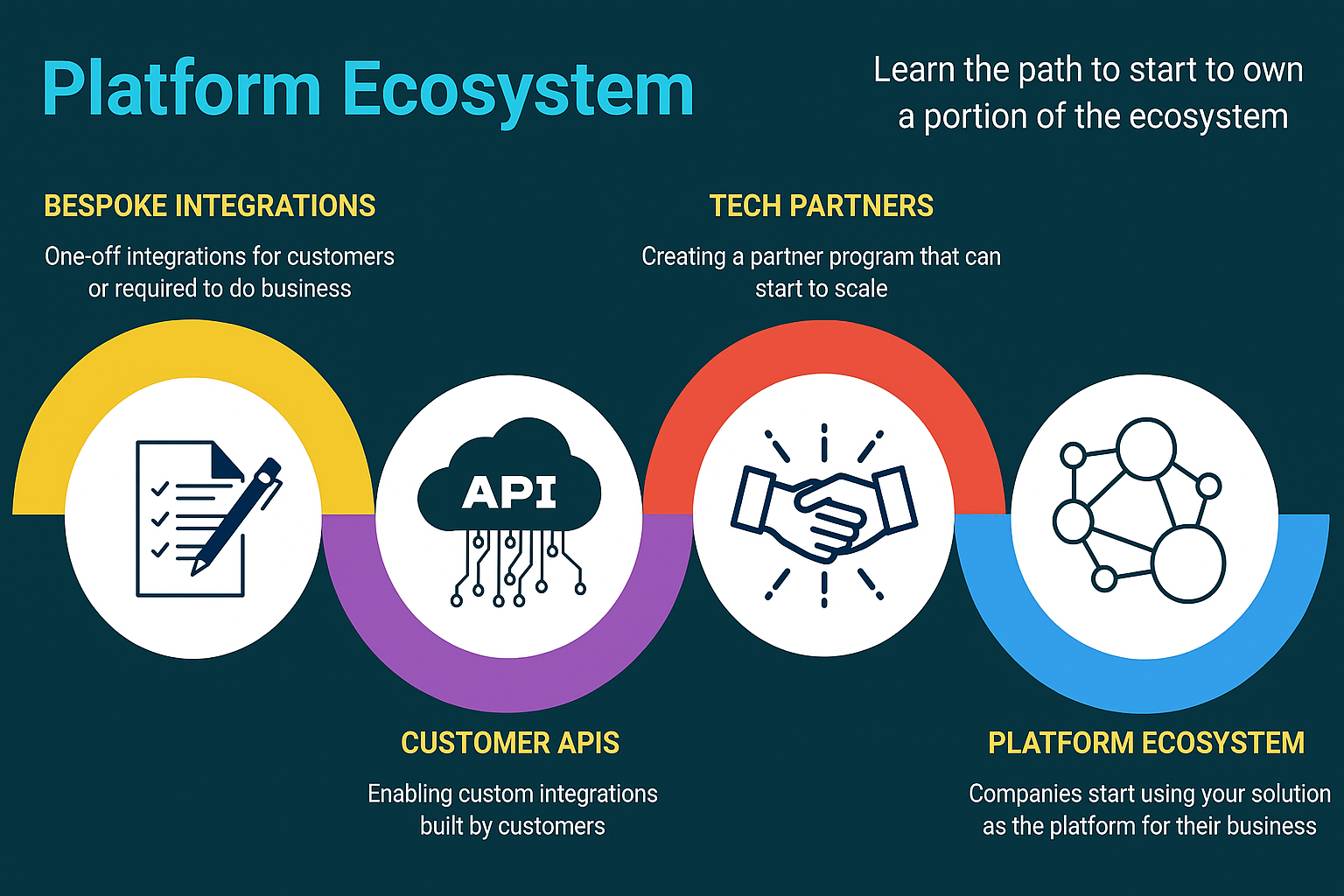
Image credit: PartnerFleet.io
Key Layers:
- Customer Interfaces (APIs): Enable ecosystem access
- Partner Networks: Provide complementary services, data, or reach
- Core Platform Engine: Provides orchestration, security, monetization
- Governance Layer: Ensures rules, incentives, and interoperability
Case in Point: Ecosystem Transformation in Automotive
Consider Tesla vs. GM:
- Tesla built its entire value proposition on a software-centric platform, integrating energy, automotive, and insurance services under one data architecture.
- GM is rapidly evolving to keep pace, integrating Azure-based AI for predictive maintenance and AI-driven customer engagement platforms that span its dealer network and EV infrastructure Business Insider, 2025.
This transformation is not isolated—AI-native ecosystems are now table stakes for legacy industries.
Trends and Statistics That Matter
| Trend/Insight | Source |
|---|---|
| 49% of tech leaders say AI is fully integrated into business strategy | PwC AI Survey, 2025 |
| 82% of cross-functional teams use AI weekly | CertLibrary Report, 2025 |
| 20,000+ organizations adopted open-source AI in the last year | ITPro, 2025 |
Strategic Playbook: Building and Thriving in Ecosystems
To succeed, firms must:
- Define a partnership framework: Don’t just “open the gates”—define how value is created, shared, and governed.
- Invest in AI and data infrastructure: It’s the nervous system of your platform.
- Orchestrate around a core value proposition: Solve a critical industry problem and allow others to plug into your solution.
- Design for cross-industry modularity: Think like a systems integrator, not just a product maker.
- Continuously adapt: Use real-time data and AI to evolve the ecosystem based on performance and market signals.
Closing Thoughts: Don’t Just Disrupt - Design Ecosystems
We are entering an era where platforms supersede products and ecosystems replace pipelines. Those who understand and embrace this new reality—not just with tech, but with strategy, governance, and agility—will outpace disruption and architect the next generation of industry standards.
At DX Advisory Solutions, we help you:
✅ Design platform strategies
✅ Architect secure, scalable data infrastructure
✅ Build AI-powered agentic ecosystems
✅ Align governance with monetization
✅ Engage partners with clarity and confidence
Ready to thrive in the platform era?
Let’s co-design your next-generation ecosystem.
📩 Contact us at info@dxadvisorysolutions.com


